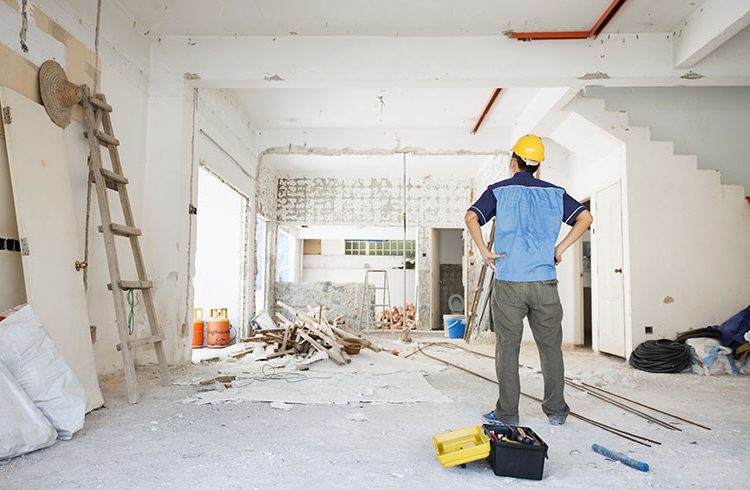
- By Dev
- In Uncategorized
Why Fibre-Cement Siding Became an Attractive Alternative to Wood
Skyrocketing prices and low availability of high-quality lumber have made fibre-cement siding very attractive to builders in Cambridge. Homeowners also prefer fibre-cement if they do not want to go for vinyl. Although fibre cement is not the most accessible material to get your hands on, it outperforms wood in many ways and can suit both contemporary and historic architecture that Cambridge is famous for.
What Is Fibre-Cement Siding?
fibre-cement siding is a mixture of water, cellulose, fly ash or sand, a by-product of coal, and some cement. The material was initially developed by an Austrian inventor called Ludwig Hatschek in 1901. He patented a process of making a fibre-cement sheet that is reinforced with asbestos and called it “Eternit,” which means “Everlasting.” Back then, asbestos was a primary ingredient in the roofing and fibre-cement siding. However, the health risks of asbestos became widely known, and it was replaced with safer alternatives, such as cellulose. Some versions might contain silica in sand form, but this can also be a health risk due to dust inhalation.
Why Is This A Better Choice?
fibre cement is appealing to a lot of people because it looks identical to wood, and can be used to make wood shingles, wood boards, clapboards, etc. The quality of lumber has been declining over the years, and fibre cement is not at risk of being attacked by termites or ants. This is one of the main reasons why both homeowners and builders in Cambridge like this material. It is also exceptionally resistant to fire and has warranties that last nearly fifty years. It does not require much maintenance and holds the paint very well.
Although fibre cement is sturdy, installers need to control dust, or else it can become a health risk. Some Cambridge builders do not like using fibre-cement siding. To avoid cracking, two people need to carry the long pieces of lap siding due to its weight. Since it is a dense material, installing the fibre-cement lap siding alone can be challenging. Airborne silica dust can lead to silicosis, which is a progressive lung disease. Most builders in Cambridge who work with stone, fibre cement, engineered quartz countertops, and anything containing silica need to take precautionary measures while cutting or shaping the materials.
You can order the lap siding with a textured or smooth surface. The shingles come in the panelised form or individually, and you can buy them in different sizes. Your Cambridge builders can recommend ordering panels that give the appearance of stone and brick, depending on the finish you prefer. This is an affordable option compared to lumber because it helps a lot of homeowners stay within their budgets. Speak to your builders in Cambridge to find out more about cost-effective materials that can achieve your goals without going overboard with additional funds for home renovations.







